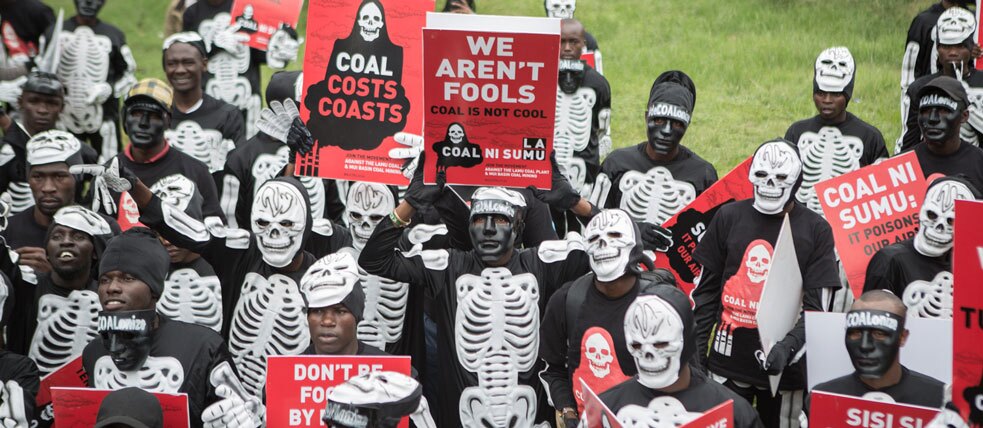Introduction to articles

Through the streams of information that flow to us via the Internet, television and newspapers, we catch a glimpse of a devastating catastrophe every day. Unprecedented droughts, forest fires, storms and floods, images that evoke in us both a sense of urgency and one of despondency, stand right next to - and yet in sharp contrast to - images of a seemingly intact world.
Today, it has become increasingly difficult to ignore the existential threat of climate change and the many other forms of environmental exploitation and degradation for which humans are responsible. It has also become more difficult to ignore the ways in which these impact the world’s most vulnerable people. As humans, our way of living has become, undeniably, unsustainable.
That word, “sustainability,” which captures everything necessary to sustain life, is so broad and so fundamental. And yet, when we think of sustainability, we often only think of small ways we can change how we interact with commercial products we encounter in our everyday lives, like plastics and electricity.
This is dangerous, first, because it removes focus from the culpability of large corporations responsible for this degradation and shifts it to the individual consumer. But it’s also dangerous because, this product-focused view of sustainability, especially in Kenya has led many to believe that sustainability is a rich man’s problem. Why should a country where so many struggle to meet basic needs concern itself with recycling or banning straws? However, not only does this miss the bigger picture—that sustainability is about creating lasting conditions for everyone to be able to live, and well—but it discounts the ways in which Kenyans themselves have been imagining and fighting for sustainability.
Some of this work has led to high-profile victories, like in June 2019, when Kenya’s National Environmental Tribunal blocked the construction of a large-scale coal-fired plant on Lamu Island—the culmination of years of advocacy by the deCOALonize Movement and their allies—or Olive Wangari, whose Goldman Prize-winning work demanded justice for residents of an informal settlement in Mombasa whose residents were dying of lead poisoning. Other work has been unsung, but important, often led by citizens—like Friends of Ondiri, a group of volunteers dedicated to protecting and revitalizing Ondiri Swamp in Kikuyu, or the Mathare Green Movement, a radically restorative initiative that uses trees to heal, not just “beautify” slums. There are important conversations that involve looking back on past policies, like the plastic bag ban, and evaluating how it has and hasn’t helped. And those that involve looking forward, like efforts to measure air pollution in Nairobi, which will give us insights that do not yet exist.
As threats to sustainability loom larger than ever, these issues demand more urgent attention. In the subsequent articles, the Goethe-Institut Kenya explores the state of environmentalism in Kenya, from issues that have sparked public discourse, to the “little things citizens do” that are shifting the centre of gravity in their communities.
The question of how to achieve sustainability is a huge one, but it is also one that elicits a beautifully diverse, complex array of answers. Our hope is that this series not only illuminates initiatives that contribute to sustainability, but also changes our thinking about what sustainability truly looks like.